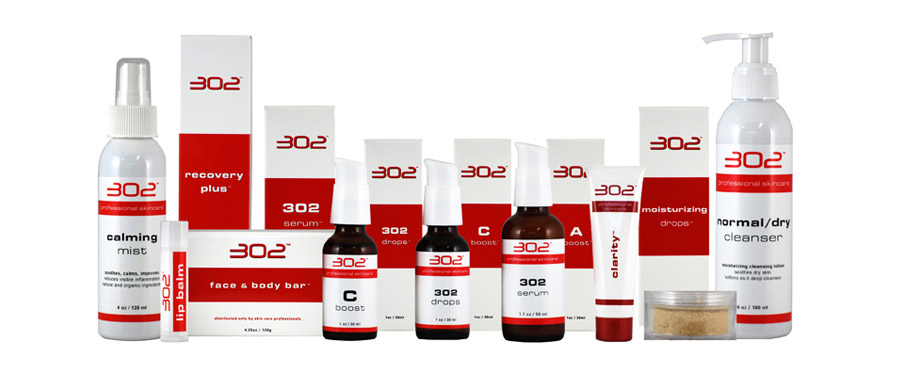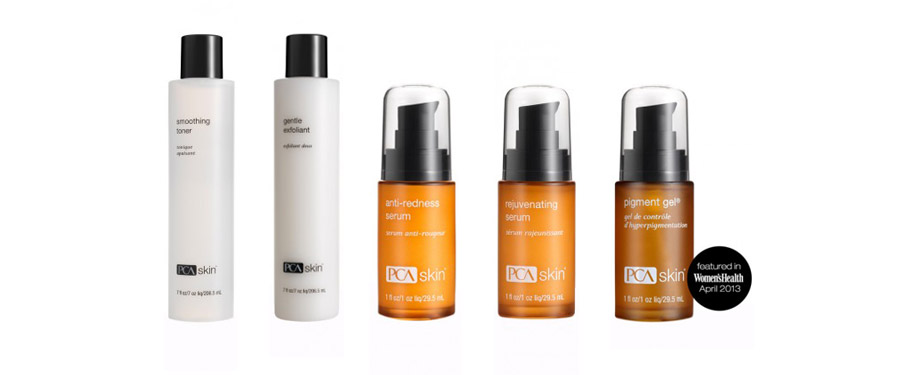
One of my favorite things about winter is spending time next to a warm and cozy fireplace fire. For me, nothing is more relaxing during cold nights than a warm, crackling fire and a steaming cup of tea in my hands. Who knew that this is one of the surefire ways to join the Toasted Skin Syndrome Club? Luckily, I don’t stay in front of my fireplace too long. That or my sunscreen is just a miracle worker.
For those who are curious, this condition is a skin problem that causes a net-like, discolored, and sometimes itchy rash. The culprit? Prolonged exposure to heat sources, like hot water bottles, heating pads, and, in some cases, cozying up to a fireplace for too long.
When the syndrome was first discovered, wood-burning stoves, working with hot coals or simply sitting way too close to a fire were the culprits. Glass blowers and chefs who have prolonged exposure to heat sources can also develop this syndrome on their faces. But Toasted Skin Syndrome and its association with laptops gained significant attention around 2010 when case reports and news articles highlighted the risks of using laptops directly on the skin for extended periods.
Nowadays, the common culprits may include:
- Use of a laptop on the thighs.
- Seat heaters in cars.
- Heating pads, blankets, or hot water bottles.
- Space heaters.
According to Dr. Daniel Grove, pediatric dermatologist, toasted skin syndrome or scientifically known as Erythema Ab Igne (EAI) can lead to skin discoloration, hyperpigmentation, itching, and burning. Extended exposure can even cause degeneration of elastic fibers and basal cells stimulating the release of melanin.
To keep skin safe when using personal heating devices, here are some tips:
- Use the lowest heat setting.
- Avoid prolonged exposure by setting timers on space heaters and heating pads so they automatically shut off, after a certain period of time.
- Keep space heaters at least 2 feet or more away from your skin and rotate where the heat hits your body.
- When using heating pads and blankets, make sure there is a clothing barrier between the heat source and your skin. Never place heat sources directly on bare skin.
Often, putting on an extra sweater is a better solution to staying warm. Maybe it’s time to invest in some cashmere.
Treating Toasted Skin Syndrome primarily involves identifying and eliminating the source of heat exposure that is causing the condition. Once the heat source has been removed, the skin will usually start to heal on its own.
However, there are some additional steps that can be taken to aid in the healing process and relieve any discomfort:
- Avoid exposing the affected skin to further heat and keep it cool and dry to promote healing.
- Topical treatments, such as hydrocortisone cream or calamine lotion, may help soothe itchiness and reduce inflammation.
- Use a gentle, fragrance-free moisturizer to keep the skin hydrated and promote healing.
- Apply sunscreen with broad-spectrum protection and a minimum SPF of 30 to the affected area if it will be exposed to the sun. Sunburn could worsen the condition and delay the healing process.
- Avoid scratching as it may lead to further irritation or even infection.
- If the rash persists, worsens, or shows any signs of infection, consult a dermatologist.
Keep in mind that the healing process might take some time, as the pigmentation from the rash can take weeks or even months to fade completely. The key is to be patient and follow the recommended care steps to ensure proper healing of the skin.
For more skincare tips, check out my other blogs, visit my website, or call us at (323) 653-4701. And for skincare services, please visit us at 8448 W. Third Street, Los Angeles, CA 90048. We will be happy to help you with your skincare needs.














